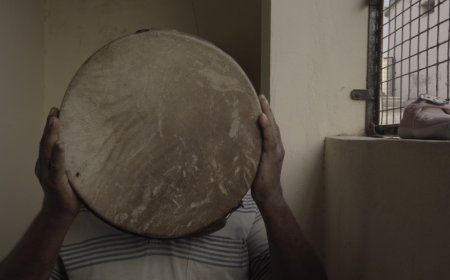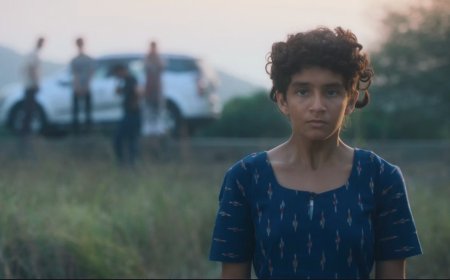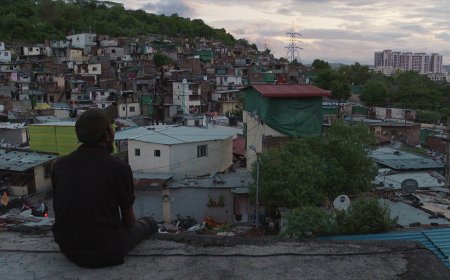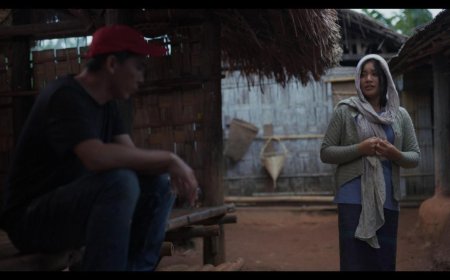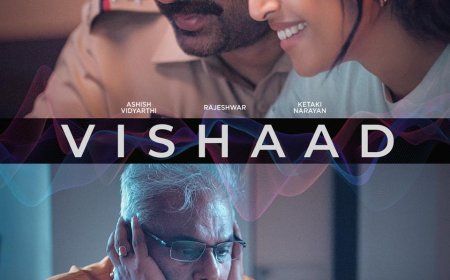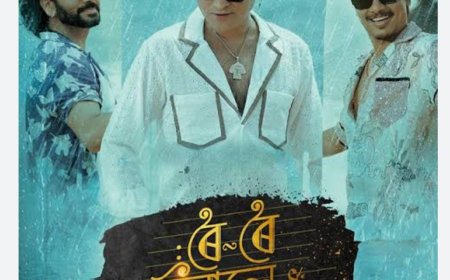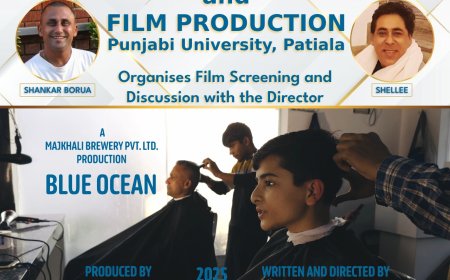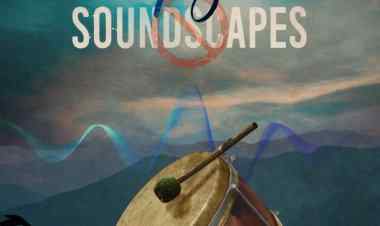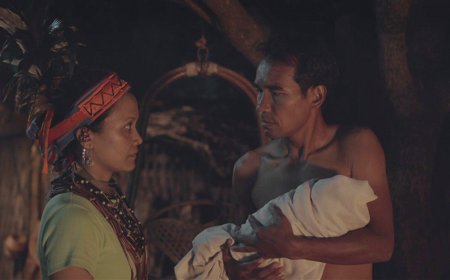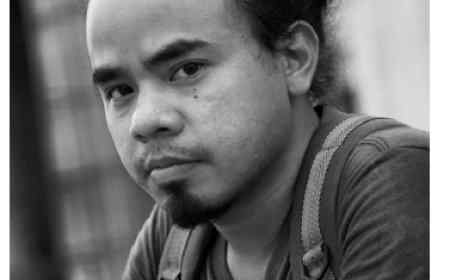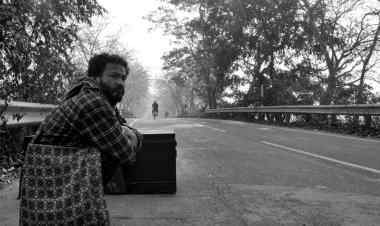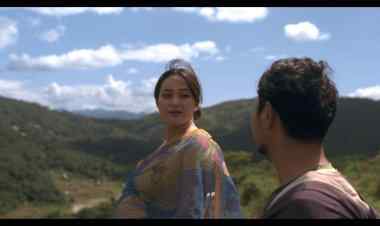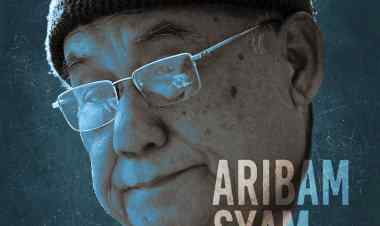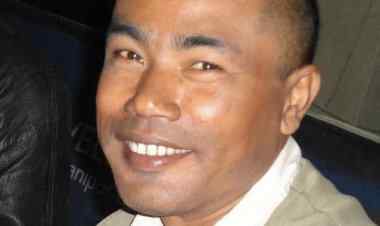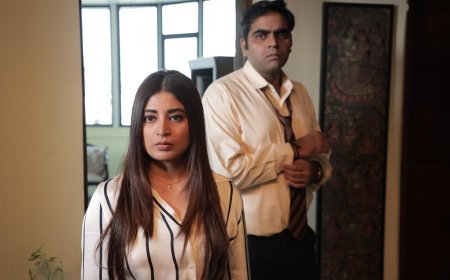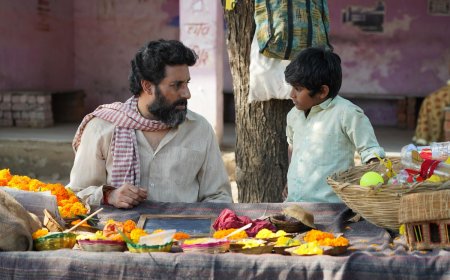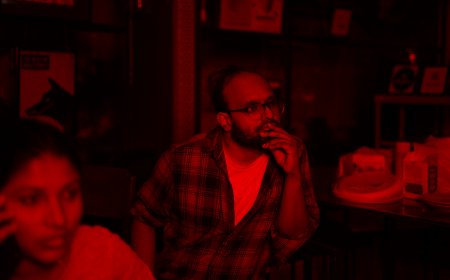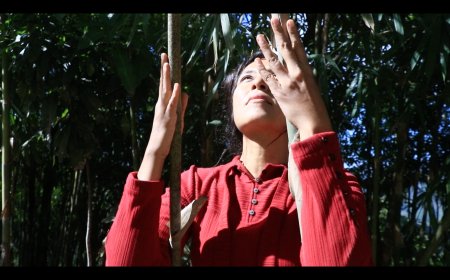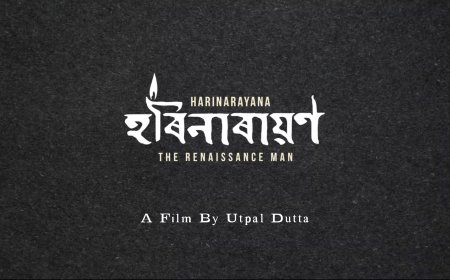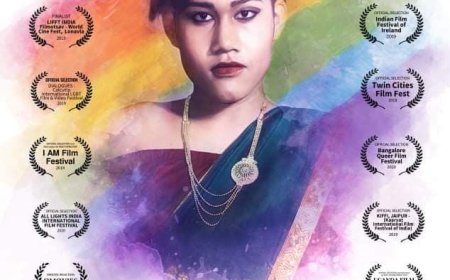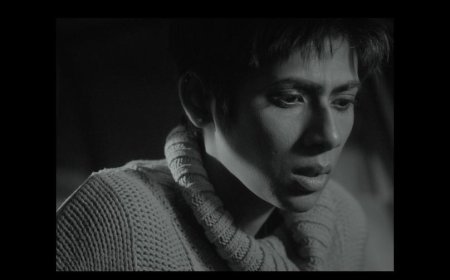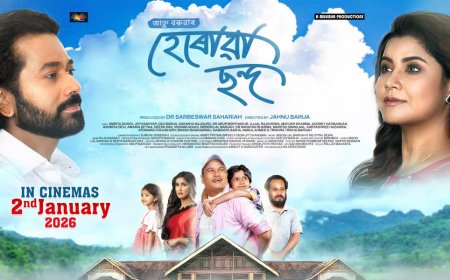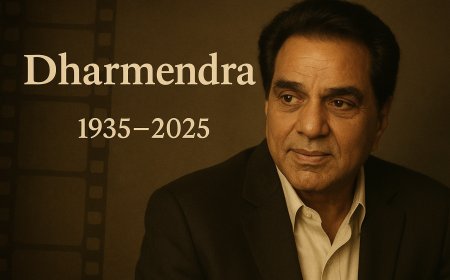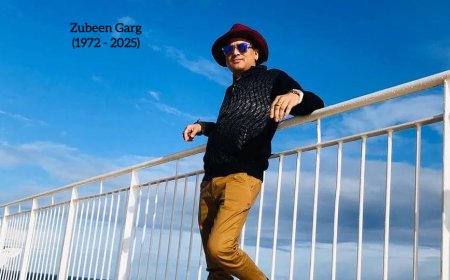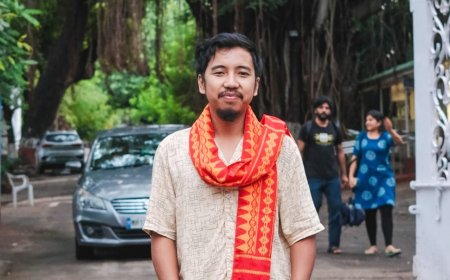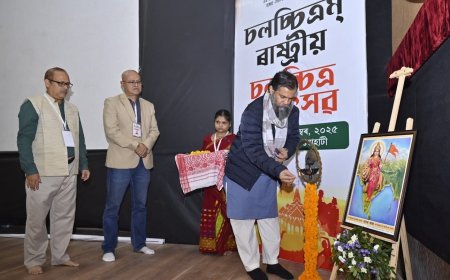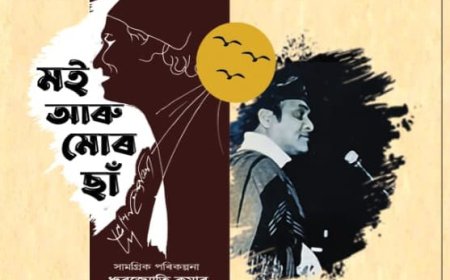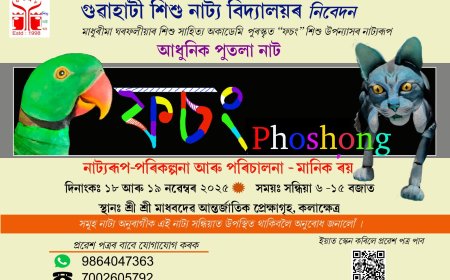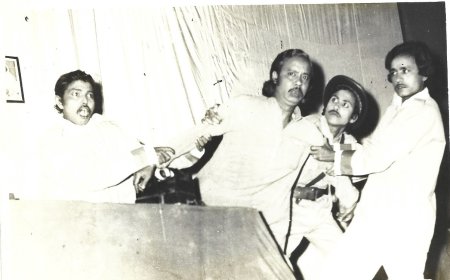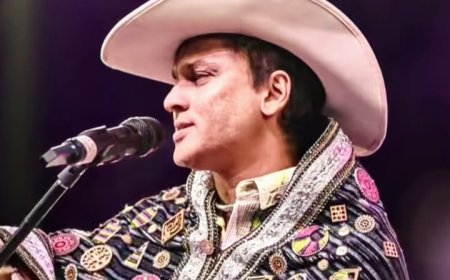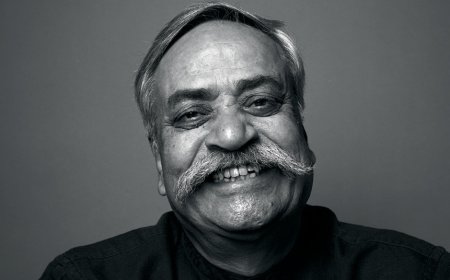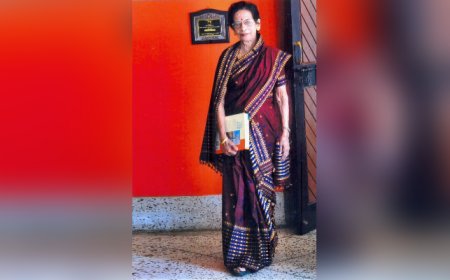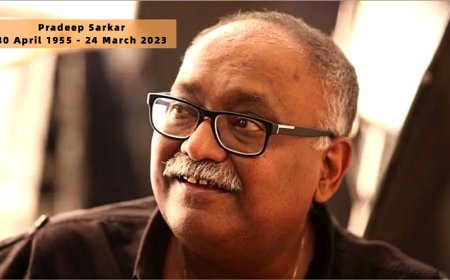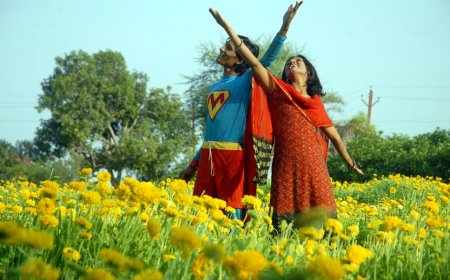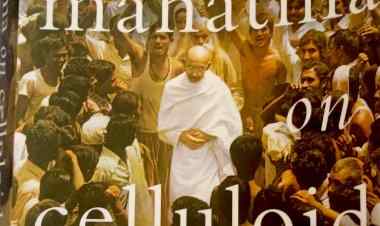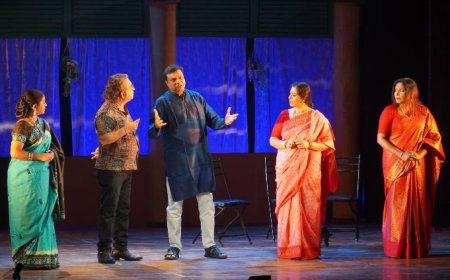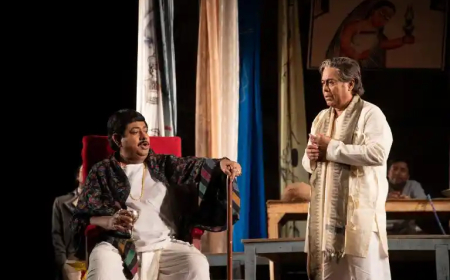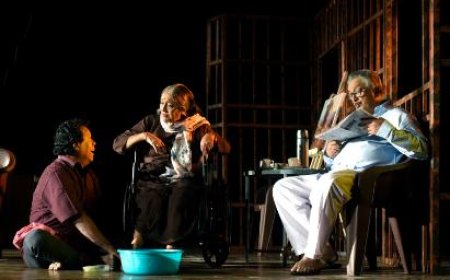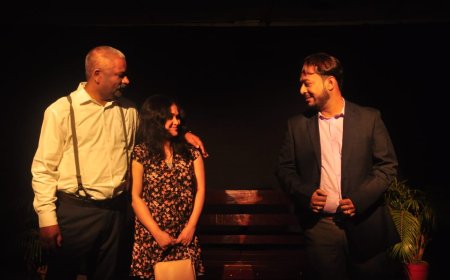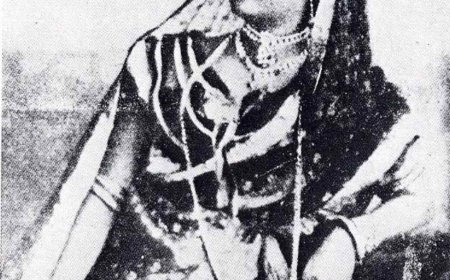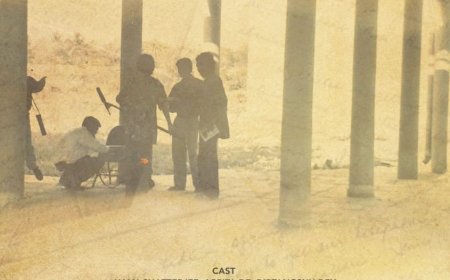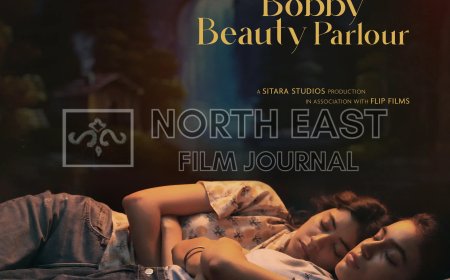Interview: Siddhant Sarin
Dipankar Sarkar provides an interview with Siddhant Sarin about his documentary Ayena, which tells the inspiring story of acid attack survivors Ritu Saini and Faraha Khan working at Sheroes Hangout Cafe.
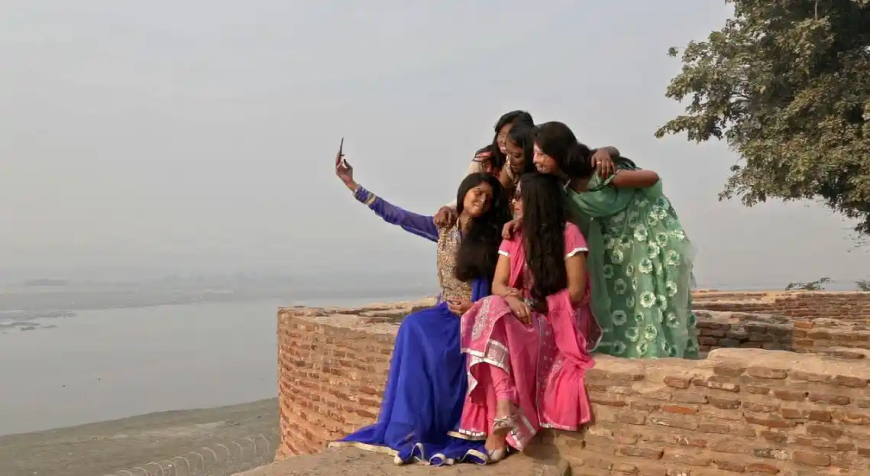
Siddhant Sarin's documentary Ayena (Mirror, 2022) tells the inspiring story of two acid attack survivors working at Sheroes, a restaurant dedicated to the rehabilitation of survivors in Agra, Lucknow, and Noida. Bearing the visible scars of their past, these women bravely navigate daily challenges and curious glances, finding resilience and purpose in their work. Through their journey, Ayena sheds light on both the struggles and strength of these survivors, capturing their determination to rebuild their lives and create awareness around their experiences.
In this interview, Sarin discusses his journey into filmmaking, the inspiration behind Ayena, and how he transformed the courageous stories of two women into a compelling documentary.
How did you get into documentary filmmaking?
My journey into cinema began with the exploration of street photography, where I sought to capture and represent my surroundings visually. After completing a law degree, I transitioned to film, studying cinematography at FAMU in Prague and DFFB in Berlin, with an initial aspiration of becoming a professional cinematographer. However, a desire to connect deeply with people and share their intimate, emotional spaces led me to direct Ayena, a film that profoundly shaped me. This passion for documentary filmmaking grew further when I gained a scholarship to the Docnomads master's program, where I refined my craft. Later, I co-founded Docustan, a socially driven educational initiative, and continue to mentor, edit, and work as an independent filmmaker in India.
How did you come across Ritu Saini and Faraha Khan and decide to make a documentary on their survival against the odds?
I first learned about acid attack survivors through social media articles and videos highlighting their rehabilitation at Sheroes Hangout Cafe in Agra. I noticed that, despite their physical and emotional scars, these women were often shown smiling, radiating joy, which sparked my curiosity. I wondered why these survivors were expressing such happiness or being portrayed in that light. On a hunch, I visited Sheroes Cafe, where I met the protagonists of the film, Ritu and Faraha. On the very first day, we connected instantly, beginning a seven-year journey together that has evolved into a lifelong friendship. I wanted the film to address gender-based violence, an issue I grew up witnessing frequently in my surroundings. My primary intent was to spark dialogue and shift the discourse from victimhood to the strength and resilience of survivors. The experience of making the film led me to reflect on ideas around identity. When, in a sudden moment, one's face is destroyed, disfigured, how does that person process that loss?
Why did you begin the film with Ritu getting her profile picture taken, followed by the reading of a message about an acid attack threat on another woman?
The film expresses the quotidian and the everyday lives of Ritu and Faraha. By opening the film with Ritu's profile picture session, I wanted to highlight themes of identity, self-perception, and the subtle yet significant act of reclaiming one's image. The message about another acid attack threat underscores the ongoing reality they face, contextualizing their resilience amid persistent danger.
We follow the characters working at Sheroes, then move into their family lives, and eventually become aware of their personal stories. How did you arrive at this structure?
My editor, Nilanjan Bhattacharya, and I worked closely for months, exploring various narrative structural possibilities for the film. Collaborating with such a seasoned filmmaker was a privilege; his sensitivity and vast experience were invaluable. Our intent was to start the film by focusing on their rehabilitation and survival as a collective, highlighting their professional lives, friendships, and social dynamics at Sheroes. From there, we wanted to shift into their family contexts, gradually uncovering the deeper, personal dimensions of their experiences, ultimately providing a window into their inner, psychological worlds. The subject of the film deals with a sensitive issue.
How did you ensure that your perspective remained thoughtful and ethically responsible throughout the filming process?
A respect for the friendship with Ritu and Faraha was of utmost value for me. I wanted this film to reflect that bond and the shared experience that shaped our journey together. That was my guiding force. With an intimate approach, I chose to traverse the interplay between individuals' internal and external worlds. The film sought to explore the depths of these women's personalities, without elevating them to divine or reducing them to disability, bringing to light elements of their lives— their coming of age, redefining their relationships, and fleeting moments of carefreeness.
Ayena has won the highest award in the non-fiction category of the 70th National Film Awards. How do you think this recognition influences the direction of your career?
It is an honor to receive the National Award for this film that took over seven years of dedication and hard work. I dedicate this achievement to the protagonists, Ritu and Faraha, whose stories made this journey so meaningful. I believe this accolade shall also give a much-needed push to the film to be seen by a wider audience and add to the discourse on gender, justice, and the idea of freedom. On a lighter note, I hope this recognition shall make it easier to make my next film.
*****
What's Your Reaction?







